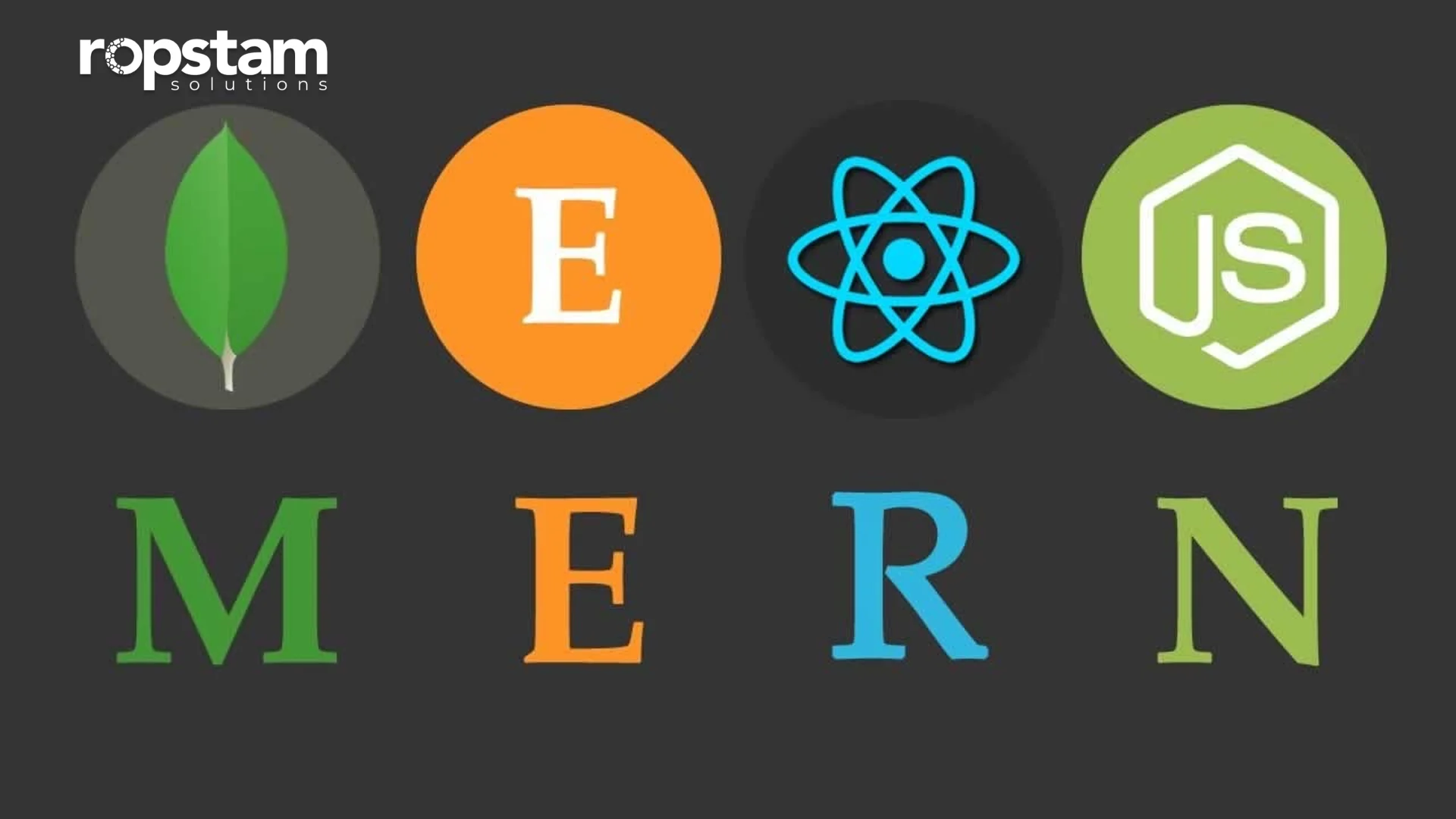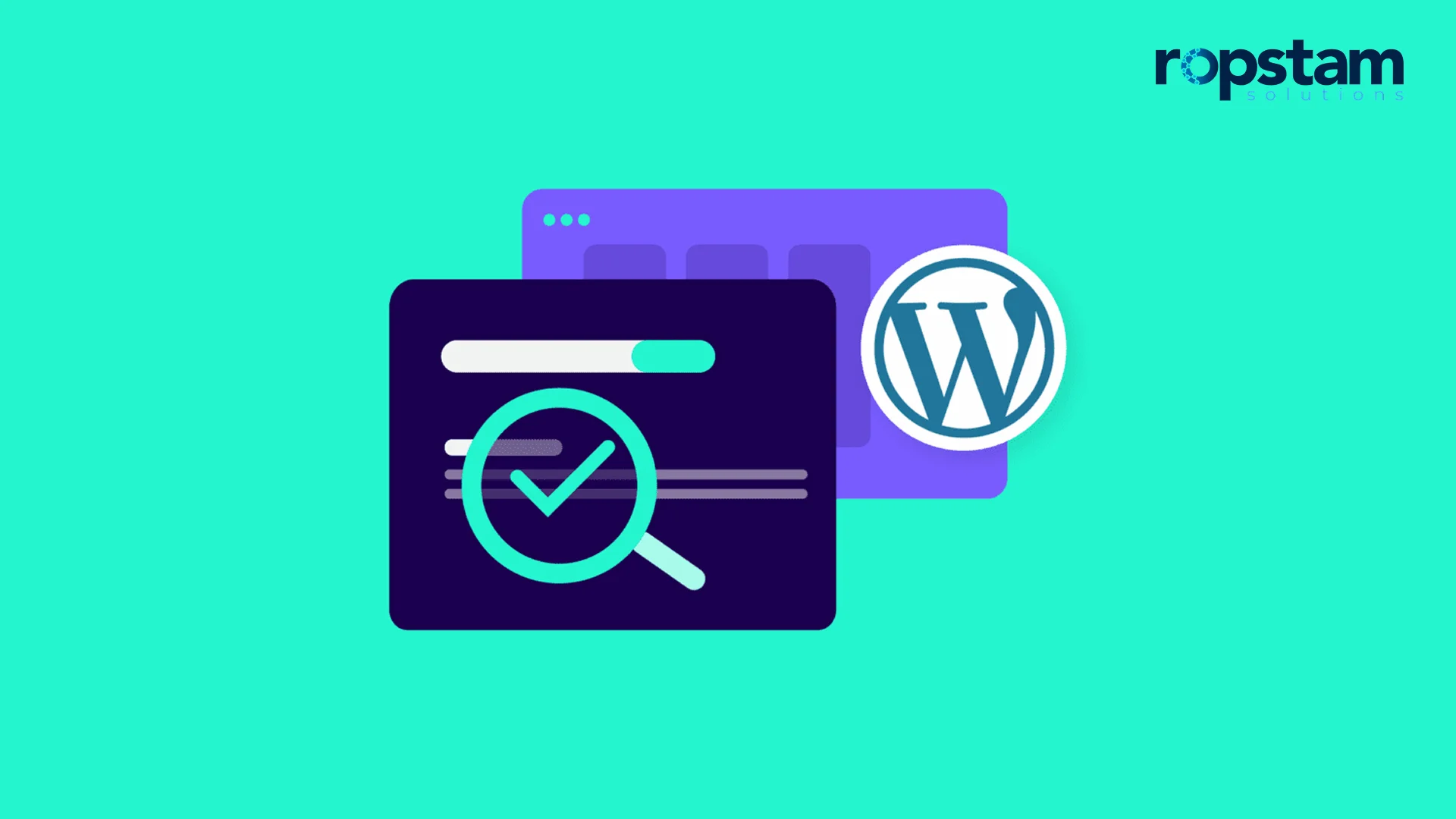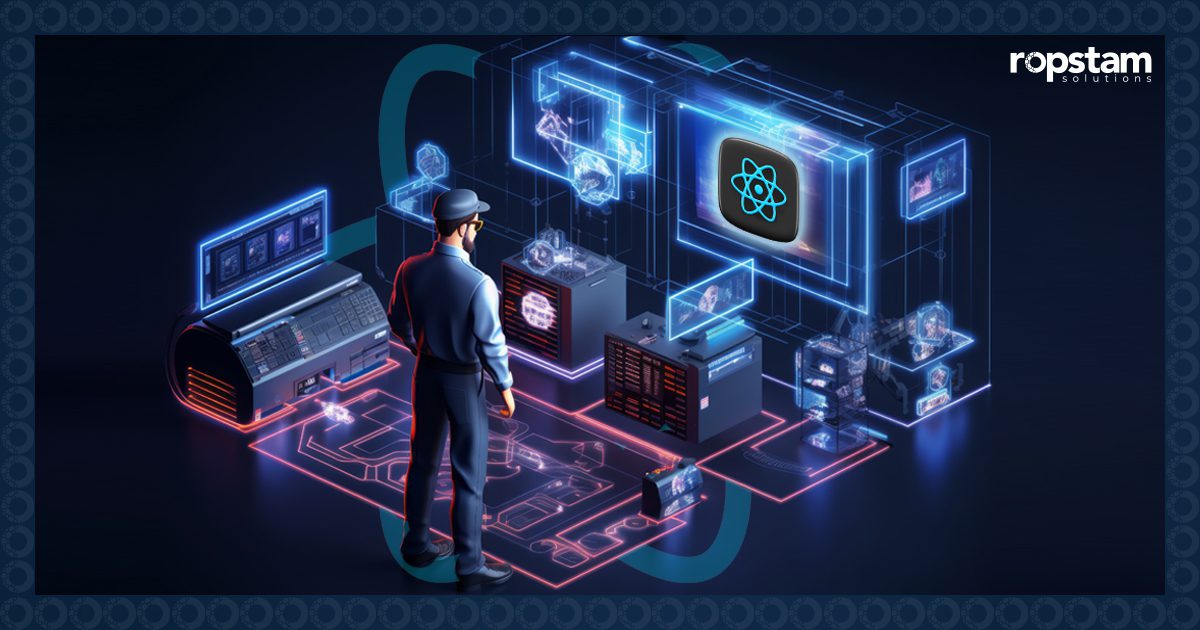WordPress has long been the dominant force in content management, powering over 40% of all websites. However, as web technologies evolve, the traditional monolithic architecture of WordPress, where the frontend and backend are tightly coupled, can become restrictive. Enter Headless WordPress, a modern approach that decouples the backend (content management) from the frontend (presentation layer). This architecture offers greater flexibility, performance, and scalability, making it an attractive choice for developers and businesses looking to leverage WordPress more dynamically.
This guide examines traditional WordPress limitations, Headless WordPress, its benefits, setup considerations, and myths.
The Classic WordPress Monolith
The backend (PHP-based CMS) and frontend (themes/templates) are tightly integrated in a traditional WordPress setup. WordPress handles content management, database operations, and rendering in a single system, with plugins, themes, and core functionalities all running within the same environment.
Strengths of Traditional WordPress
The monolithic architecture of WordPress offers several advantages. Its ease of use allows non-developers to build websites without deep technical knowledge. The vast plugin ecosystem effortlessly extends functionality, while pre-built themes enable quick design changes. Additionally, WordPress is inherently SEO-friendly, especially with plugins like Yoast SEO enhancing optimization capabilities.
Limitations of the Monolithic Approach
Despite its strengths, traditional WordPress has notable drawbacks. Performance bottlenecks arise from heavy plugins and themes that slow down page loads. Scalability becomes an issue under high traffic, as the server must handle both backend processing and frontend rendering. The theming system restricts modern JavaScript frameworks, limiting frontend flexibility. Security risks increase due to PHP and plugin vulnerabilities, creating a larger attack surface. Finally, the developer experience can feel outdated compared to modern frameworks like React or Vue.
What Is Headless WordPress
Headless WordPress separates the content management backend from the frontend presentation layer. Instead of relying on WordPress themes to render pages, the frontend is built using modern technologies such as JavaScript frameworks (React, Vue.js, or Angular), static site generators (Next.js, Gatsby, or Nuxt.js), or even mobile apps that consume WordPress data via REST API or GraphQL.
This setup consists of three main components. First, the backend (WordPress CMS) manages content, users, and data. Second, the API layer (REST API or GraphQL) delivers content in JSON format, allowing external applications to fetch and display it. Finally, the frontend (custom app or SSG) dynamically renders the content, providing a faster and more flexible user experience.
Key Components of a Headless Setup
Several technologies enable a seamless headless WordPress experience. The WordPress REST API, built into WordPress core, allows external applications to fetch data. WPGraphQL, a GraphQL plugin, offers more efficient data querying capabilities. The frontend can be built using frameworks like React or Vue, or with static site generators for optimized performance. Hosting can also be decoupled—WordPress might run on WP Engine while the frontend deploys on Vercel or Netlify.
1. Improved Performance & Speed
One of the biggest advantages of going headless is performance optimization. Without bloated themes, the frontend can be streamlined for speed. Static site generation (SSG) pre-renders pages, ensuring near-instant load times. Additionally, headless setups are CDN-friendly, allowing content to be distributed globally with minimal latency.
2. Greater Flexibility in Frontend Development
Developers are no longer constrained by WordPress’s theming system. They can use modern frameworks like React or Vue to create highly interactive, dynamic user interfaces. This flexibility is particularly valuable for complex applications, single-page apps (SPAs), and progressive web apps (PWAs).
3. Enhanced Security
Since the frontend is decoupled, the WordPress backend is not exposed to direct user interactions, reducing the risk of attacks. API-based interactions minimize vulnerabilities associated with traditional PHP-based WordPress sites.
4. Omnichannel Content Delivery
A headless approach allows content to be delivered across multiple platforms—websites, mobile apps, IoT devices, and digital kiosks—all from a single WordPress backend. This makes it ideal for businesses with diverse digital touchpoints.
5. Future-Proof Architecture
Headless WordPress aligns with modern development practices, making it easier to adopt new technologies without overhauling the entire CMS. As frontend frameworks evolve, the backend remains stable, ensuring long-term scalability.
Key Considerations Before Going Headless
1. Development Expertise Required
Unlike traditional WordPress, a headless setup demands proficiency in JavaScript frameworks, APIs, and potentially serverless architectures. Teams must assess whether they have the necessary skills or resources to manage the transition.
2. Plugin Compatibility Issues
Many WordPress plugins rely on the frontend to function. Plugins that modify themes or frontend behavior may not work as expected in a headless environment. Developers must evaluate which plugins are essential and find alternative solutions.
3. SEO Challenges
While headless WordPress can be SEO-friendly, it requires additional configuration. Server-side rendering (SSR) or static generation is necessary to ensure search engines can crawl content effectively. Tools like Next.js or Gatsby help mitigate these challenges.
4. Increased Hosting Complexity
Running a headless setup often means managing separate WordPress backend and frontend hosting. This can introduce additional costs and complexity in deployment workflows.
5. Content Preview Limitations
WordPress’s live preview feature doesn’t work out of the box in a headless setup. Developers must implement custom solutions to allow content editors to preview changes before publishing.
Setting Up a Headless WordPress
Step 1: Install and Configure WordPress
Begin with a clean WordPress installation. Disable unnecessary plugins and optimize the database for API performance. Install WPGraphQL if you prefer GraphQL over REST API.
Step 2: Choose a Frontend Framework
Decide whether to use a static site generator (Gatsby, Next.js) or a dynamic framework (React, Vue). Each has trade-offs in terms of performance and flexibility.
Step 3: Fetch Data via API
Connect the frontend to WordPress using REST API or GraphQL. WPGraphQL is recommended for complex queries due to its efficiency.
Step 4: Deploy the Frontend
Host the frontend on platforms like Vercel, Netlify, or AWS for optimal performance. Ensure caching and CDN configurations are in place for fast global delivery.
Step 5: Implement SEO Best Practices
Use SSR or SSG to ensure search engine visibility. Integrate meta tags, structured data, and sitemaps for better indexing.
Debunking Myths About Headless WordPress
Headless WordPress Is Only for Developers
While headless setups require technical expertise, tools like Frontity and Faust.js simplify the process, making it more accessible.
Headless WordPress Kills SEO
With proper SSR or SSG implementation, headless WordPress can outperform traditional SEO setups. Frameworks like Next.js handle SEO seamlessly.
You Lose All WordPress Features
The WordPress backend remains fully functional. Users still benefit from the Gutenberg editor, plugins (backend-only), and user management.
It’s Too Expensive
While initial setup costs may be higher, long-term performance, security, and scalability gains often justify the investment.
Conclusion
Headless WordPress represents the future of flexible, high-performance web development. By decoupling the front end from the back end, businesses gain unparalleled speed, security, and scalability. While the transition requires careful planning and technical expertise, the benefits far outweigh the challenges for many use cases.
Whether you’re building a high-traffic e-commerce site, a dynamic web app, or a multichannel content hub, headless WordPress offers a powerful solution.













